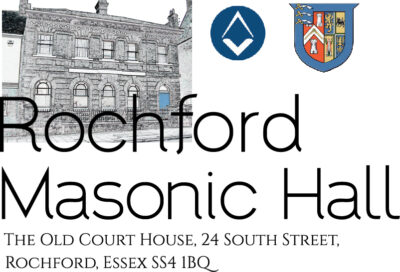ROCHFORD for centuries was the most important town in the area, giving its name to the Rochford Hundred. When South-End was a mere hamlet on the outskirts of Prittlewell, Rochford was a rich farming community, with fertile land, probably the best oysters in England, and rapid river transport to London. Its first market charter had been granted by Henry III in 1264 and the town continued to grow and thrive around the Market Square, which has seen celebrations, fires, demonstrations and martyrdom.
As Southend grew to be a popular, brash seaside town, Rochford was left behind and still retains many of its ancient building, picturesque cottages and historic inns.
The town can still boast its 13th century Old House, the lovely St Andrew’s Church, Rochford Hall, the Corn Exchange and the Old Court House.
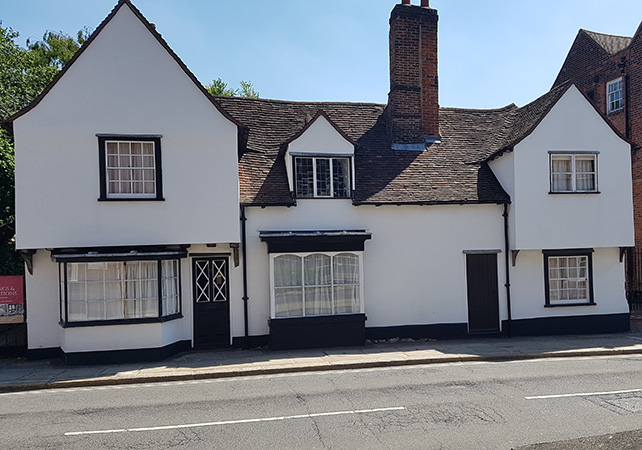
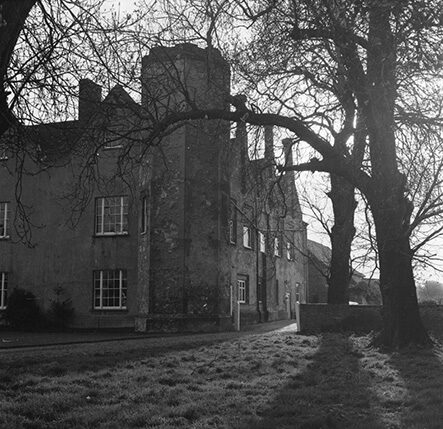
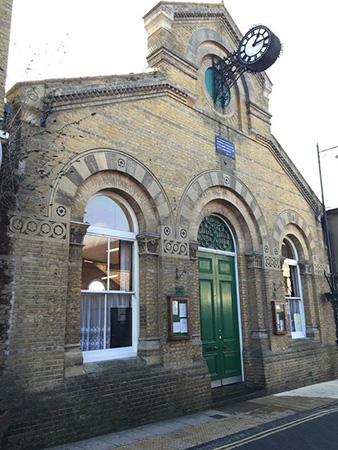
The Women’s Institute Hall was originally built as The Corn Exchange, a place to trade corn and other grains. The trading of livestock still took place in the Market Square. The Corn Exchange was built in 1866 by England’s most prolific Essex Architect Frederick Chancellor who has over 730 buildings attributed to him. 570 in Essex. he designed churches, large houses and exchanges. Striated yellow brick. Grey slate roof with continuous raised lights to apex. A tall single storey building, gabled to road with raised and gabled apex. Moulded and dentilled cornices, moulded stone terminals. The raised apex with side bands and roundel set within a recessed arch.
The large, double faced, wrought iron clock is a memorial clock for
Queen Victoria’s Jubilee on 22 June 1897.
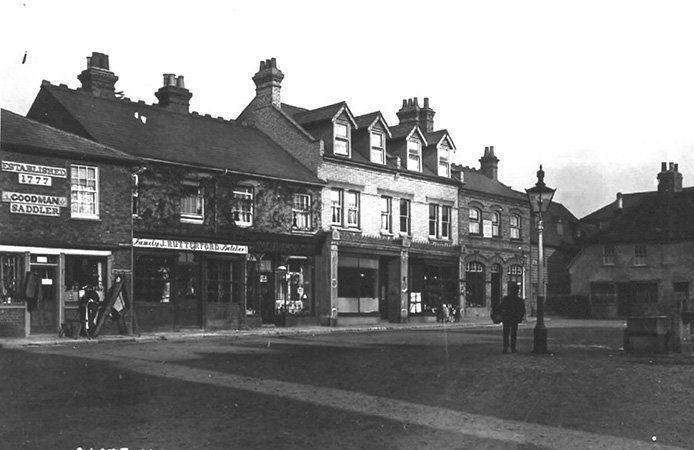
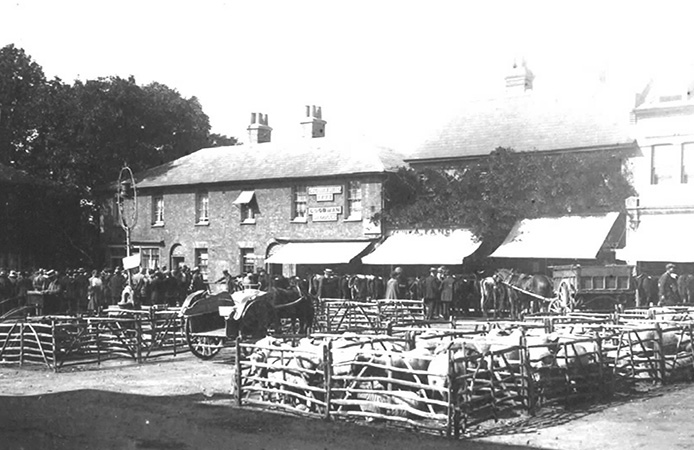
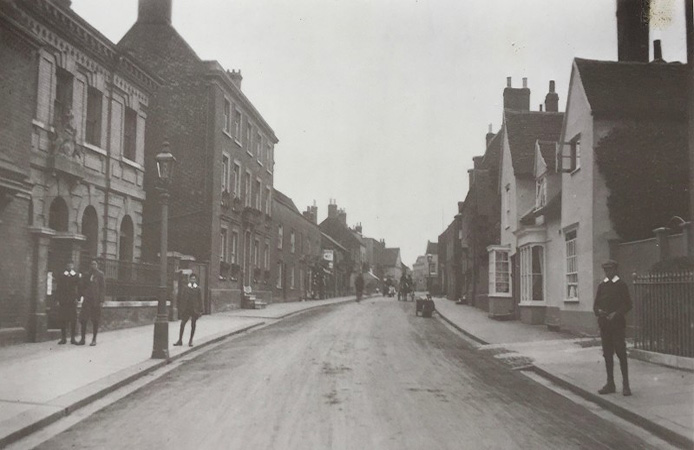
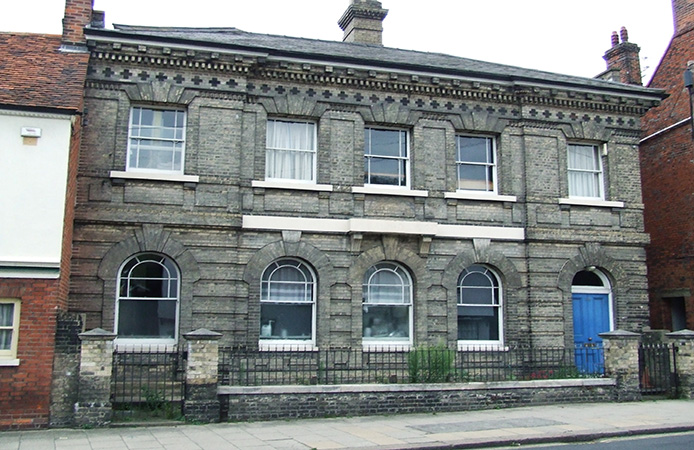
At the very heart of Rochford lies this Market Square which hosts shops, pubs, cafes and a lot of history including a plaque in the passage leading to North Street recording John Simpson of Great Wigborough, who was burnt at the stake in the 16th century. The market square is closed to traffic every Tuesday for the market stalls.
The holding of a market in Rochford dates back to 1257 when King Henry III granted Guy of Rochford as Lord of the Manor and his heirs a weekly market on Tuesdays. The Market was revived in the 1750’s by John Harriot and closed again in the 1850’s. The next time a market was held in Rochford was for farm stock in 1914 and this continued on a Thursday until 1959.
Rochford Masonic Hall
The Old Court House, 24 South Street, Rochford, Essex
Architecturally, this building is unusual with its grey/white stone façade, using detailing in a heavy style and very sharp-edged. The ground floor has round-arched windows with raised surrounds and imitation rustication, which is a masonry technique where the visible face of each individual block is cut back around the edges to make its size and placing very clear, giving surfaces a finish that contrasts in texture with the smoothly finished, squared-block masonry surfaces. The first-floor has gauged brick arches with imitation voussoirs, which are wedge-shaped or tapered stones used to construct an arch.
It was built in 1859 at a cost of £3,000 in gault and black bricks, as a county court for civil matters, replacing the previous arrangement that county court monthly hearings were held at the New Ship. The design was therefore probably intended to make it stand out as a building of substance.
The work of the Justices of the Peace was conducted in “petty”, “special” or “divisional” sessions or “monthly meetings”. The Rochford Petty Sessional Division originally comprised the parishes in Rochford Hundred and also South Benfleet, Canvey Island and Thundersley, a reminder that Rochford was the administrative centre for a wide area. When the County Court building was erected in South Street, the inhabitants of Southend complained that the petty sessional courts should be held there instead, as it was the busiest town in the Division. In 1884/85, a sessions building was erected in Southend and from April 1885 courts were held alternately in Rochford and Southend. In April 1894, Southend Borough was granted a separate commission of the peace. A new Southend Courthouse was erected in 1924 and from about 1929 onwards courts were held in Southend only. When the court transferred to Southend, the South Street building was used as council offices and during World War II as a civil defence hall and the Food Office. A consortium of Freemasons purchased the building on 1st April 1981 and restored it for use as a Masonic Hall.
Credits: Janice Gooch MSc CHE IHBC ACIFA AAHI FRSA Built Heritage Consultant
Rochford A History – Mavis Sipple
